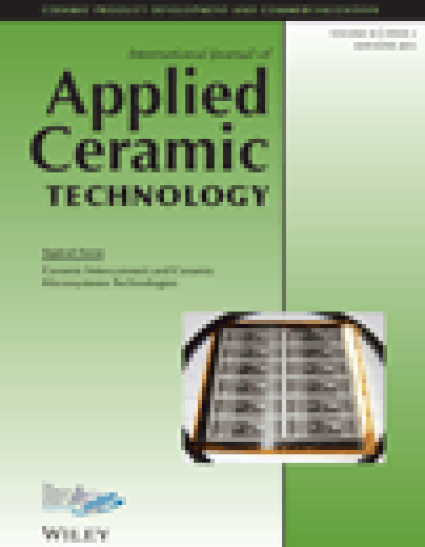
This work focuses on the fabrication and assembly of cylindrical plasma containment tubes using DuPont's 951 low temperature co-fired ceramics (LTCC) for use in miniature electrostatic thrusters. The tube is used to contain argon plasma, which is generated by a spiral inductively coupled plasma antenna, which is also fabricated in LTCC. The tube also interfaces with two electrically biased grids on the opposite end, which accelerate the plasma out of the tube. These interfaces are highly dependent on the dimensions and tolerances of the containment tube. The development of the fabrication process will be presented for the incorporation of the tubes and grids onto the base as a single structure. This includes constructing the antenna base, shaping the “rolled” LTCC containment tube using a jig and isostatic press, and integrating the tube and antenna base during the firing. Following the fabrication, measurements will be taken to determine tube circularity and hermeticity of the seal at the interface between the tube and the antenna base. The results will be presented and characterized to evaluate the effectiveness of the structure as well as the documentation of the development of a rolled LTCC tube structure integrated with a planar LTCC antenna base.
Available at: http://works.bepress.com/donald_plumlee/11/
